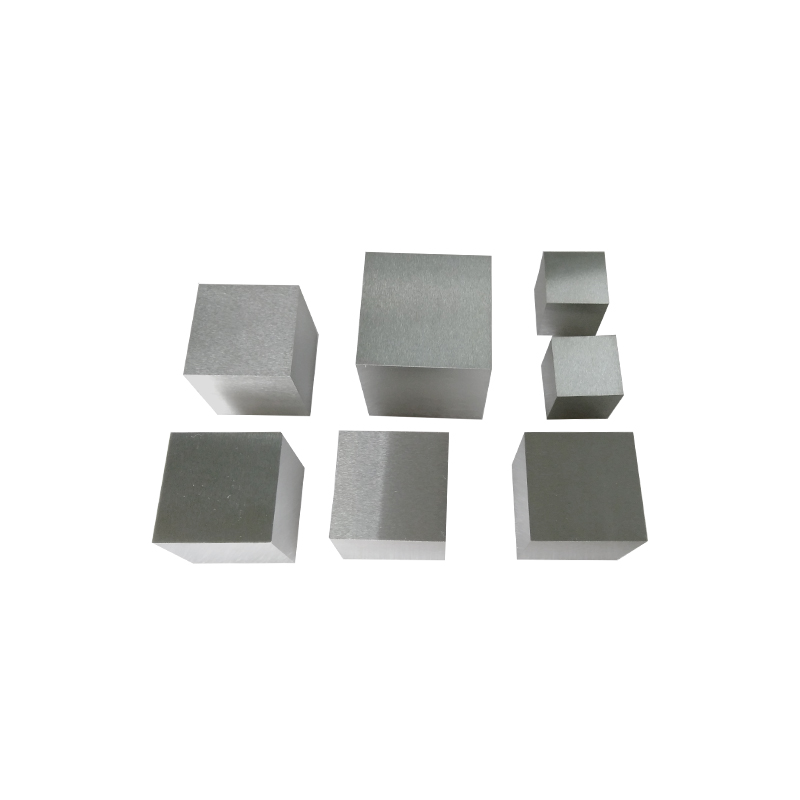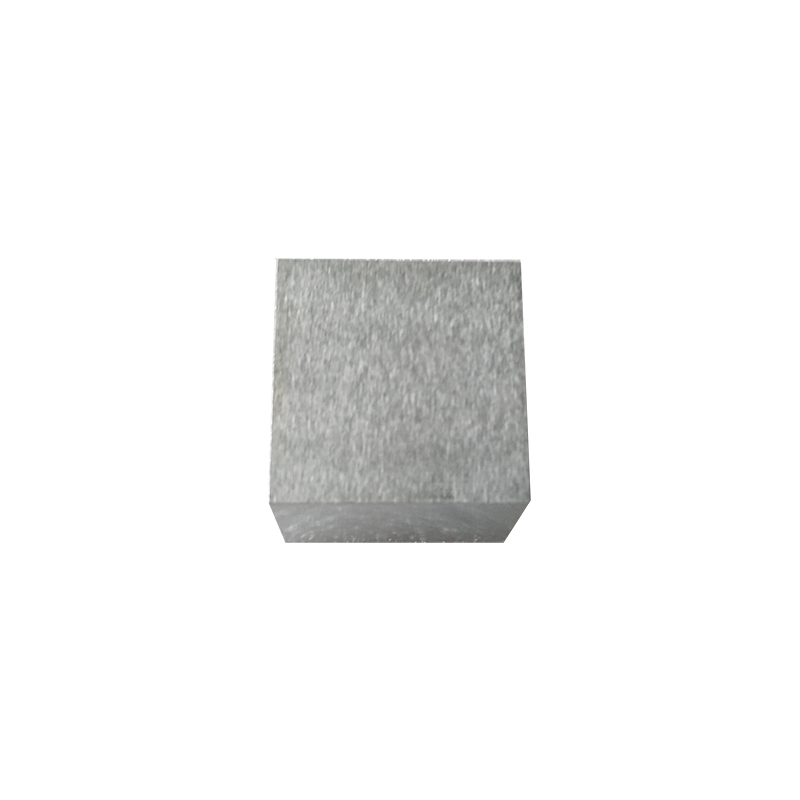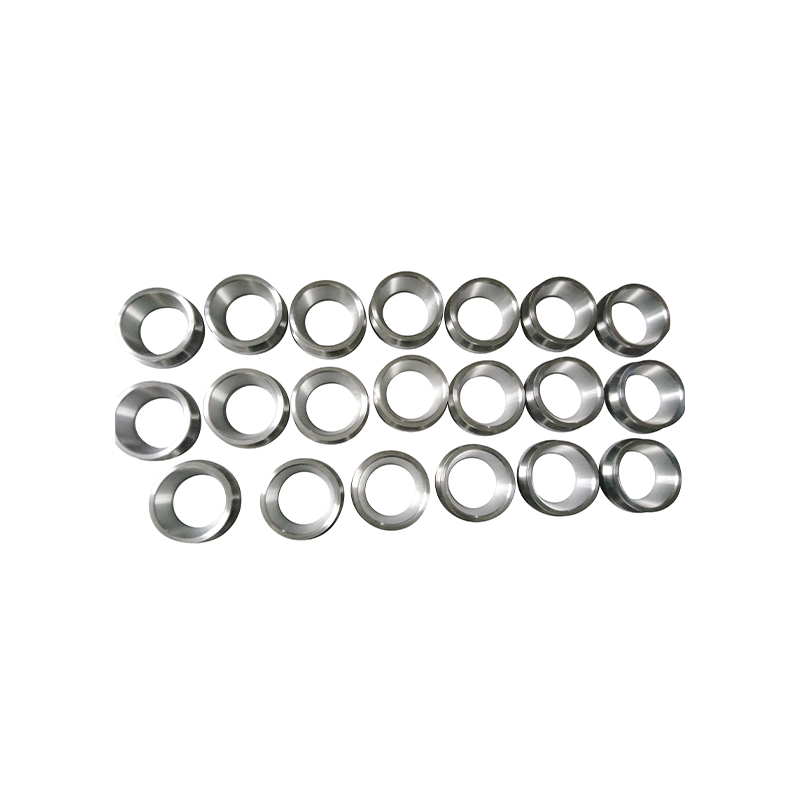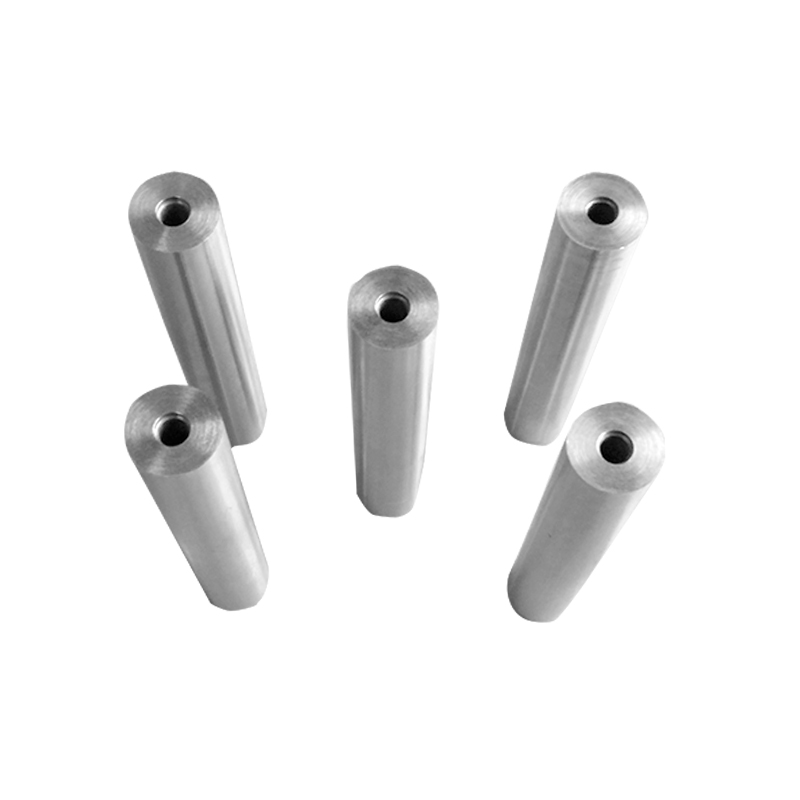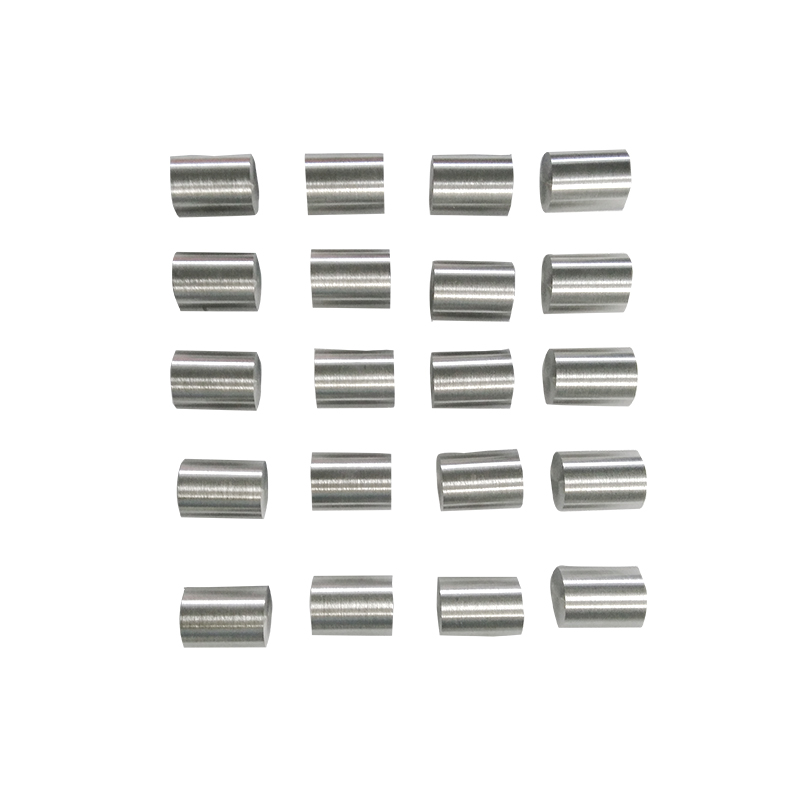Introduction: Why Compare Molybdenum and Tungsten Strips?
Molybdenum (Mo) and tungsten (W) are both refractory metals widely used as strips in high-temperature, vacuum, and electrical applications. Though they share some similarities—high melting points and good conductivity—their differences in melting temperature, density, formability, oxidation behavior and cost mean the right choice depends on a project’s temperature limits, mechanical requirements, and fabrication route. This article gives a practical, application-focused comparison to help engineers, buyers and fabricators choose the correct strip material.
Key Physical and Thermal Properties
The single most important technical difference is melting point: tungsten melts far higher (~3410–3422 °C) than molybdenum (~2610–2623 °C), which makes tungsten the go-to for the absolute highest-temperature exposures. For many industrial uses below ~2000–2500 °C, molybdenum’s lower melting point is acceptable and often preferred due to other advantages.
Density and dimensional trade-offs
Density matters for mass, inertia and heat capacity. Tungsten is significantly denser (~19.3 g/cm³) while molybdenum is roughly half that (~10.2 g/cm³). That density difference affects part weight and how strips behave thermally and mechanically in fast cycling applications. A tungsten strip will store and conduct heat differently and add more mass to assemblies than an equivalently sized molybdenum strip.
Thermal conductivity and expansion
Tungsten generally has higher thermal conductivity than molybdenum, helping spread heat quickly across parts; both have low coefficients of thermal expansion compared to many steels, which is valuable for dimensionally stable high-temperature components. Choose tungsten when rapid heat spreading and the highest temperature margin are necessary; choose molybdenum when lower mass and easier thermal management are priorities.
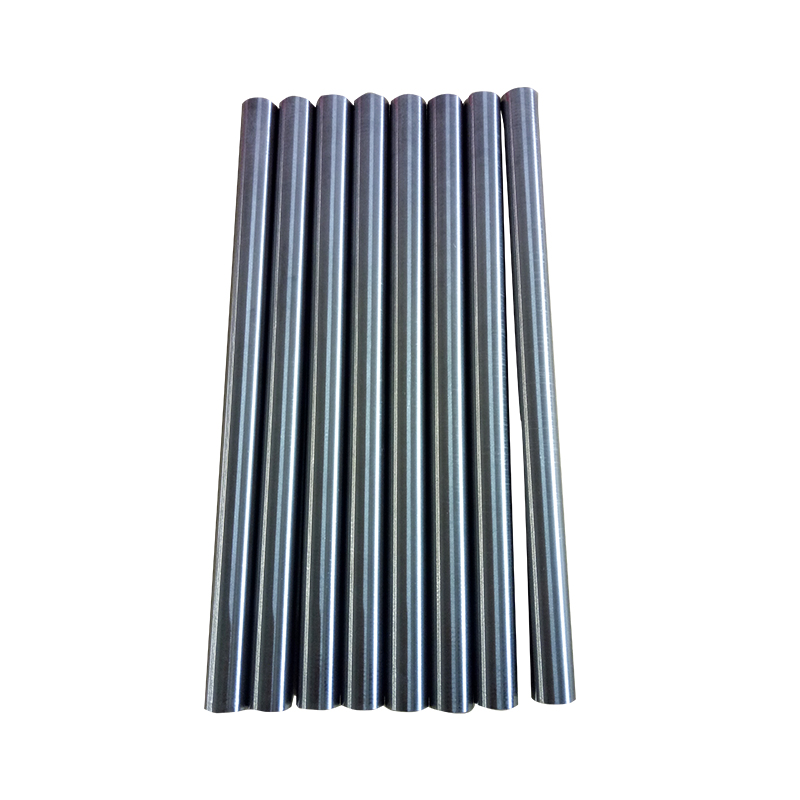
Mechanical Behavior, Workability and Forming
Molybdenum is generally easier to fabricate into thin strips and to cold- or warm-work than tungsten. Tungsten is very hard and brittle at room temperature in many forms, which makes precision rolling, bending and cutting more challenging and tool-intensive. For strip production and secondary forming operations (bending, stamping, shallow drawing) molybdenum often yields higher throughput and fewer rejects.
Fatigue and high-temperature strength
At elevated temperatures tungsten retains strength longer than molybdenum; tungsten alloys and heavily worked tungsten show very high tensile strength at extreme temperatures. Molybdenum and its alloys (e.g., TZM) have good creep resistance and are widely used up to their service temperature limits, but designers must account for softening and creep when approaching molybdenum’s upper temperature range.
Oxidation and High-Temperature Stability
Both metals oxidize in air at elevated temperatures, but their oxidation behaviors differ. Molybdenum oxidizes at lower temperatures than tungsten and forms volatile oxides above certain thresholds; tungsten forms more stable oxides but can still degrade under prolonged oxidizing conditions. In practice this means that both strips are usually used in vacuum, inert atmospheres, or with protective coatings when exposed to high temperatures in air. For open-air high-temperature service, tungsten tends to be more oxidation resistant in the highest temperature brackets, while molybdenum needs protective measures sooner.
Electrical Performance and Use in Electronics
Both molybdenum and tungsten have good electrical conductivity among refractory metals, but molybdenum is often chosen for semiconductor and microelectronics substrates because of its combination of adequate conductivity, lower density and compatibility with certain deposition and barrier schemes. Recent trends in semiconductor manufacturing show molybdenum favored for some contacts and gate materials due to lower resistivity in small features and simpler integration in deposition stacks. Tungsten remains essential in contacts and sputtering targets where its extreme thermal stability is required.
Processing, Joining and Surface Treatments
Strip production for both metals typically involves powder metallurgy, rolling and annealing cycles to achieve desired strip thicknesses and grain structures. Brazing, diffusion bonding and specialized welding are used for joining; note that tungsten’s brittleness and high melting point demand more specialized techniques (e.g., electron beam welding, brazing with appropriate fillers). Molybdenum is generally easier to braze and to form a sound bond with common refractory-compatible brazing alloys. Surface coatings (e.g., protective oxides, metal platings or ceramic layers) are often applied to improve oxidation resistance and solderability.
Applications Where One Outperforms the Other
Application fit is the practical deciding factor. Tungsten strips excel where the highest operating temperature, extreme hardness and radiation resistance are required—e.g., filaments, high-temperature electrodes, some aerospace heat-stage components and extreme-temperature furnace fixtures. Molybdenum strips are more common in vacuum furnace components, semiconductor base plates, heater supports, brazing fixtures and parts where better machinability, lower mass and cost-effectiveness are important. For many standard vacuum and semiconductor uses, molybdenum balances performance and manufacturability better than tungsten.
Cost, Availability and Supply Considerations
Tungsten is both heavier and often more costly to process into thin, defect-free strip due to harder tooling requirements and lower rolling speeds; molybdenum strip production is typically faster and less tool-intensive. Market price fluctuations for each metal depend on different supply chains—molybdenum linked to steel-alloy use and tungsten to specialized hardmetal industries—so total cost of ownership should include scrap rates, processing time, and lifecycle performance rather than material cost alone. Recent vendor literature confirms molybdenum strips are often favored when budget, throughput and standard high-temp performance (not extreme max-temperature) are the priorities.
Selection Checklist: How to Choose Between Molybdenum and Tungsten Strip
Use this checklist to decide quickly which strip fits your need:
- Maximum service temperature — if you need >2800–3000 °C margin, favor tungsten.
- Part mass and thermal inertia — if weight matters, favor molybdenum for lower density.
- Forming and fabrication complexity — for easier rolling, bending and joining, favor molybdenum.
- Oxidizing environment — both need protection, but tungsten tolerates higher temps in oxidizing atmospheres longer than molybdenum.
- Cost and lead time — include tooling and processing costs; molybdenum commonly delivers lower processing costs.
Comparison Table: Quick Technical Summary
| Property | Molybdenum Strip | Tungsten Strip |
| Melting point | ~2610–2623 °C | ~3410–3422 °C |
| Density (g/cm³) | ~10.2 | ~19.3 |
| Formability | Better (easier rolling, bending) | More difficult (brittle, harder tooling) |
| Best use | Vacuum furnace parts, semiconductor substrates, heater supports | Highest-temp filaments, extreme-temp electrodes, specialized aerospace parts |
Practical Notes on Procurement and Quality Control
Specify purity, annealing condition, strip thickness tolerances, and surface finish in purchase orders. Request mill test reports for chemical composition and mechanical properties, and ask for trial samples to validate forming, brazing and coating steps. Verify supplier capability for consistent rolling and for producing the required grain structure to minimize brittleness and maximize high-temperature creep resistance.
Conclusion: Choose by Constraints, Not Labels
Molybdenum and tungsten strips are both indispensable in high-temperature engineering but answer different constraints. Use tungsten when absolute temperature margin, radiation hardness and extreme wear resistance are mandatory. Choose molybdenum when manufacturability, lower mass, easier forming/joining and cost-effectiveness at high (but not the highest) temperatures are the priority. Assess service atmosphere, temperature profile, mechanical loads and fabrication complexity to make the final selection—then define material and processing specifications to ensure predictable, repeatable performance.






